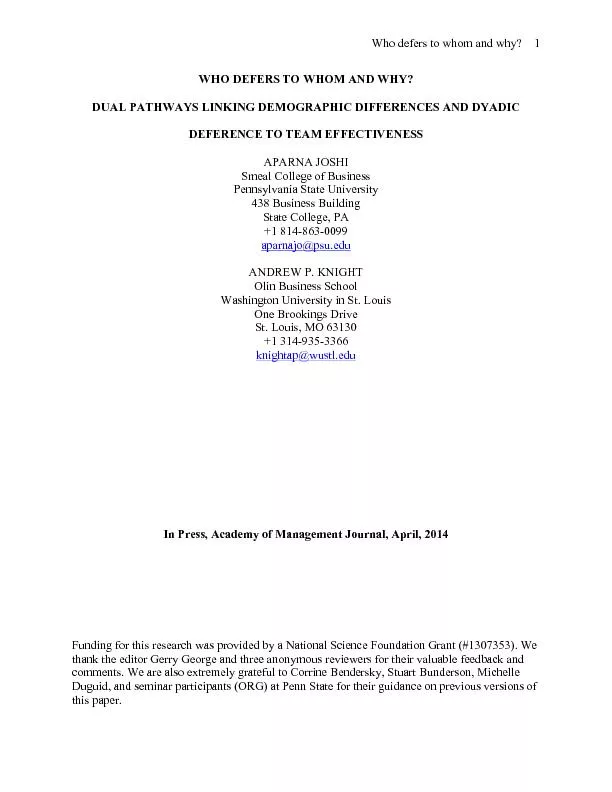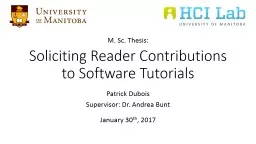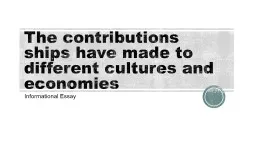PDF-task contributions and social affinity
Author : yoshiko-marsland | Published Date : 2016-05-26
diverse knowledge bases in effective ways Bunderson 2003 For example in a research team working to develop cuttingedge laser technology to detect cancerous cells
Presentation Embed Code
Download Presentation
Download Presentation The PPT/PDF document "task contributions and social affinity " is the property of its rightful owner. Permission is granted to download and print the materials on this website for personal, non-commercial use only, and to display it on your personal computer provided you do not modify the materials and that you retain all copyright notices contained in the materials. By downloading content from our website, you accept the terms of this agreement.
task contributions and social affinity : Transcript
Download Rules Of Document
"task contributions and social affinity "The content belongs to its owner. You may download and print it for personal use, without modification, and keep all copyright notices. By downloading, you agree to these terms.
Related Documents














